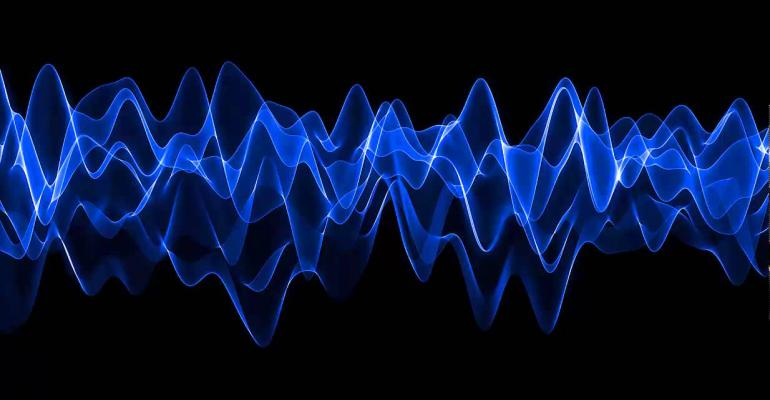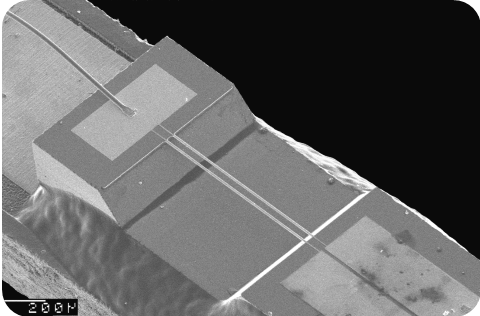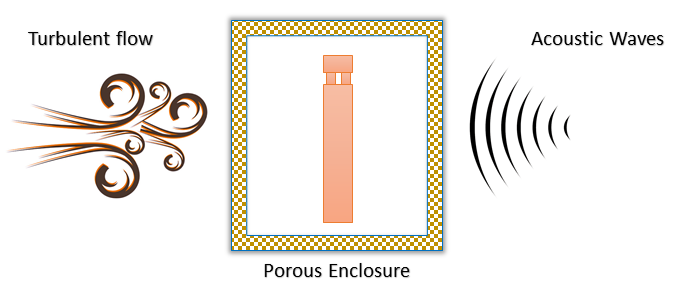Sound is a physical phenomenon of much prominence in human life considering each of us has a pair of dedicated sensors (ears) to perceiving it. Be it in communication, in music, structural design – the knowledge of how sound works is of extreme relevance.
Acoustics, the science of sound evolved as one of the most interdisciplinary fields drawing inputs from various disciplines like music, architecture, engineering, biology and medicine etc. As such, while having no dearth of literature in the topic, it can be hard to find ground amidst all the perspectives out there. In this article, I focus on my perspectives on the origins of acoustics and its relevance in my project. As for the outcome, I hope to communicate the motivation of my project – to develop better acoustic models enabling more accurate measurements of sound.
The origin of sound is identified to be perturbations in pressure and this is physically caused bydifferent processes – due to vibrating bodies, rapid change in fluid flow, pulsating thermal sources, shocks etc. The theory of sound began as study of vibrations in acoustic instruments and gradually integrated the principles from the theory of mechanics and waves in the 17-18th century. The 19th century made significant leaps in the development of acoustic theory, establishing the mathematics of acoustics – of particular mention, “Theory of Sound”, the classical two-volume treatise by Lord Rayleigh. The theory has since, branched and developed into various disciplines viz. architectural acoustics, aeroacoustics, thermoacoustics, psychoacoustics among others. The 20th century with the development of Modern Physics and improved engineering has improved our understanding andability to control the acoustics.

Let us take deep dive into the process of sound wave transmission. Sounds, being physical perturbations, cannot travel in vacuum and needs a medium to be transmitted. The transmission process is different depending on the nature of the medium i.e. a rigid solid or fluid – characterized by their inter-molecular spacing and structure. Sound transmission are also dependent on thermodynamic properties of the media like pressure (for fluids), density, temperature and also on their elastic properties characterizing their ability to resist perturbations. Furthermore, any phenomenon which alters the above properties need to be considered. Besides these stereotypical classifications of the media, special materials like semi-solids, porous media etc., need distinct considerations.
With recent regulations legislating stricter noise levels – in domestic and work environments, even automobiles and jet engines – there is a need for better acoustic instruments. Recent advances in our understanding of acoustics and engineering, have enabled very precise measurements of sound. The sound sensors have evolved over time and are based on different physical principles – piezoelectric, electromagnetic, mechanical and thermal effects that vary with perturbations in the medium. We focus our attention on a specific kind – the Microflown® sensor which works on the variation in temperature due to the perturbations in fluid medium. The sensor has two closely placed hot platinum wires which are cooled down differently in presence of acoustic vibrations and this changes their electrical properties – which can be measured. It stands apart from other sensors for its incredibly small size(~100μm) and being able to measure velocity perturbations due to sound, rather than the pressure. One of the limitations of the sensor is its sensitivity to wind-speed. It is worthwhile to investigate if a right porous enclosure can help reduce the sensor noise in presence of turbulence.


To quantify how sound is transmitted through turbulence and a porous material enclosure we need to understand how their presence affect the sound signal. The presence of turbulence in fluids can dynamically alter the thermodynamic properties of the fluid. The strength of turbulence decides the turbulent structures in the fluid medium and can significantly change the mode of transport of energy within it. This produces distortions in the transmitted sound – think about talking on a windy day. Porous materials, by virtue of their structure respond differently to sound compared to fluids or solids. They are known for high sound absorption rates and are extensively used to dissipate noise in present-day sound sensors. Their acoustic properties are well-studied and are known to mitigate high frequencies, meanwhile their low densities make them useful for a range of applications.
While both turbulence and porous mediums can distort the sound signal, a precise measurement of sound in their presence requires a sensor to dynamically predict the effects of these layers. An investigation into these effects can be done by the three scientific approaches – theory, experimentation and (only recently,) simulation. A simulation approach into these effects requires us to utilize the theory, and quantify them into equations using specific mathematical models. These equations can then be solved by a computer providing us with a digital representative of a physical sensor. This helps designers to play with different parameters and investigate their effects immediately thereby speeding up the process. Since antiquity, mathematical models predicting physical behavior are developed stand-alone. While the Biot-theory specifies acoustic behavior of porous materials, and the famously unsolved Navier-Stokes equations govern fluid flow, it is not immediately clear to string these theories together to enable simulations of a coupled sytem. We will deal more into specifics of such couplings and the mathematical machinery which can help us simulate this coupled phenomenon in the next blog post. Keep following this blog for more.

About the author:
Ashwin Nayak is an early-stage researcher (ESR2) in the Reduced Order Modeling Simulation Optimization and Coupled methods (ROMSOC) project. He is affiliated with the Technological Institute of Industrial Mathematics (ITMATI), Spain and working in collaboration with Microflown Technologies B.V., Netherlands. His research aims to develop coupled mathematical models to enable acoustical measurements in fluid-porous media interactions.


One Reply to “Origin and need for coupled models in acoustics”
Comments are closed.